Ngu Ha Bridge, also known as Kho Bridge, has existed for 205 years - Photo: THAI LOC
The old river has now become a lake.
The capital city of Phu Xuan during the Nguyen Dynasty was located between two tributaries of the Huong River, Bach Yen and Kim Long. People called it the Royal Island.
After gaining the throne, Nguyen The To - Gia Long chose this area to build the kingdom's capital. The ancients built the King River (Ngu Ha) with straight sections connecting each other, crossing the capital.
Strange Stories of Hue Citadel - Part 1: Sacred Land in the Citadel
Does Hue Citadel need another bridge?
Opening of walking street in the heart of Hue Citadel heritage
The two ancient rivers were filled in some sections to build the capital system, only a few sections of the original Kim Long River remained in the heart of Ngu Ha. Most of the two rivers, some sections were filled in to create flat land, some became lakes and ponds and continued to be used usefully later.
One of the two rivers that flow across the Hue Citadel is the Bach Yen River, traces of which are still quite clear today. It is a series of lakes running parallel to the northern side of the citadel. From upstream, we can count: West Lake, Kham Lake, Beo Lake (Huu Bao), Tien Lake (Tien Bao), Vuong Lake, Chua Lake...
Meanwhile, the traces of Kim Long River are much more diverse. The most famous are the royal garden of Tinh Tam Lake, the National Library - Archives area in Hoc Hai Lake and the last section of Ngu Ha flowing into Dong Ba River, which are clearly recorded in the book Dai Nam Nhat Thong Chi.
"Looking at the ancient maps of the Imperial City as well as on the field, we see that from Lap Lake there is another series of lakes such as Vo Sanh Lake, Tan Mieu Lake, Sau Lake... facing Tinh Tam Lake, Hoc Hai Lake.
This proves that the Kim Long River may have flowed through those places in the past.
According to researchers, the traces of the ancient Kim Long River, calculated according to "streaks" in the Hue Citadel, can be counted as: Lap Lake, Cong Chua Lake, Vo Sanh Lake, Tan Mieu Lake, Sau Lake, Tinh Tam Lake, Hoc Hai Lake, Nhon Hau Lake, Phu Van Lake, Hoa Phao Lake, Te Sanh Lake and part of the last section of Ngu Ha...
Thus, the area of the Kim Long riverbed that used to separate the Nguyen Lord's capital Phu Xuan on the right bank and some villages on the left bank that were filled in was very large.
There are probably thousands of houses living on it. I wonder if anyone living on those ancient filled-in rivers has ever heard the sound of frogs and "startled, thinking it was someone calling for a ferry"?
Build a bridge to last forever
The excavation of Ngu Ha River during the Gia Long period was only from the downstream to the present-day University of Agriculture and Forestry. In 1825, King Minh Mang "continued to dig Ngu Ha River. He took more than 4,000 quan of treasury money and ordered guard Nguyen Van Loc to hire people to do the work."
The work of digging, filling and dredging the King River continued until 1836. In addition to local militia, the king also "took advantage" of Hanoi soldiers during his return to the capital for training, ordering the digging and filling of Ngu Ha.
This time the king rewarded the people very generously. Those with a little rank were even allowed to attend banquets and watch royal music.
Along with the excavation of Ngu Ha, the king built a solid bridge to last for thousands of years. Today, on the King River in the Citadel, in addition to the two "bridge fortresses" Dong - Tay Thanh Thuy Quan, there are three remaining arch bridges (nghe kieu) solidly built of bricks and stones.
These are the bridges: Ngu Ha (Warehouse), Khanh Ninh and Vinh Loi. What few people know is that 200 years ago, two of the three bridges mentioned above were built in the style of "upper house lower bridge", with roofed wooden houses above for passersby to take shelter from the rain and sun.
The oldest is Ngu Ha Bridge, with three stone arches on a beautifully curved brick body, now 205 years old. King Minh Mang wrote that "a wooden bridge was once built here to cross back and forth.
In the year Canh Thin, the first year of Minh Mang, I thought that in the capital there were many houses, people and horses traveling on the main road day and night, the wood would not last long, so I changed it to a stone bridge, this was a plan to do it only once and have long-term leisure.
This time, the ancients "built houses on the bridge for passengers to take shelter from the rain and sun".
In 1825, the king ordered the construction of Khanh Ninh bridge. The king wrote in the stele: "At that time, the river was open to boats, but on the main road, people and horses had to travel, so a bridge had to be built to cross the river. So a stone bridge was built... named Khanh Ninh bridge." In 1826, the king continued to order the construction of Vinh Loi stone bridge.
The King said: "Although the cost is up to hundreds of thousands, there is no regret, because it can be left for thousands of years, and it can be a blessing to millions of people, so it cannot be left undone." The Vinh Loi Bridge was built by the reign of Thieu Tri with 11 rooms and tiled roof to protect from the rain and sun...
Tinh Tam Lake is a royal garden formed by blocking the Kim Long River in the past - Photo: NHAT LINH
Ambition for the prosperous city
After forming the Ngu Ha waterway, King Minh Mang had the ambition to turn the capital into a prosperous metropolis, with boats on the wharf and bustling trade.
The King discussed with the Ministry of Finance a way to bring the Minh Huong people, who were good at trading, to the capital to establish a guild and chose both banks of the Ngu Ha River on either side of Vinh Loi Bridge to build a row of 332 townhouses with at least 18 tiled-roofed houses to turn the above ambition into reality.
To encourage work and expand services, the court exempted the Minh Huong people from taxes for three years. However, many Minh Huong people either found excuses to deal with it or hired poor people in disguise to replace them. So the king drove them all out.
The book Dai Nam Thuc Luc wrote: "The King instructed the Ministry of Finance: "Remove the job of allowing the Minh Huong people to work as street guards in the capital. The capital is the capital, last year they opened a market and set up a ward in the northwest outside the royal citadel and selected wealthy Minh Huong people from the districts to bring their families to live and work as street guards.
That is to make the boats and carts busy, goods abundant, bring the available to the unavailable, originally for the benefit of the people, but also pity them for the hardship of the journey, exempting them from taxes for three years.
Now I hear that they are attached to their old place, afraid of migration, and hire poor people to replace them, so much so that some often run away. Then let's abolish it, send them all back to their hometowns, and tax them as before.
History does not state the reason why the Minh Huong people were indifferent to trading and established guilds along the Ngu Ha River in Hue Citadel.
However, looking at the strict rules, prohibitions, and inspections of the Nguyen Dynasty's system for the Citadel area, it is easy to see that the lack of interest of business savvy people.
The protection of the Citadel is very strict, with thorough checks. All gates, including waterways, are closed from 9 p.m. to nearly 5 a.m. People are not allowed to sit, stand, look, play, or leave firewood, timber, or bricks on the bridges. Boats are not allowed to be tied under the bridges.
People in the capital walk lightly, speak softly, avoid crowded and chaotic gatherings; when riding horses, they must keep their reins and walk slowly.
Citizens in the Citadel are not allowed to strike gongs, beat drums, or blow whistles. Unusual actions, gestures, and dress are not acceptable. Violators will be severely punished.
All the above taboos seem to have eliminated the ambition of a bustling urban area in the heart of Hue Citadel.
"The capital is where the king lives, so it should be calm and serious. Recently, there have been some arrogant and reckless people, gesticulating and making a ruckus. The guards are also openly lax and refuse to suppress them.
So immediately punish all the guards with 50 lashes to serve as a deterrent and teach that from now on, if there are any scoundrels in the capital who wear strange clothes or speak nonsense, they must be immediately expelled and not allowed to come and go around in a mixed manner to respect the capital and make the king's path clean" - King Minh Mang.
__________________________
Both a bridge and a fortress, the East-West Thanh Thuy Quan are two special architectural complexes located at both ends of the King River crossing the Citadel. They are both located at the center of two important defensive complexes of the ancient court.
Source: https://tuoitre.vn/chuyen-la-kinh-thanh-hue-ky-2-tham-vong-kinh-thanh-phon-hoa-do-hoi-20250524224030192.htm


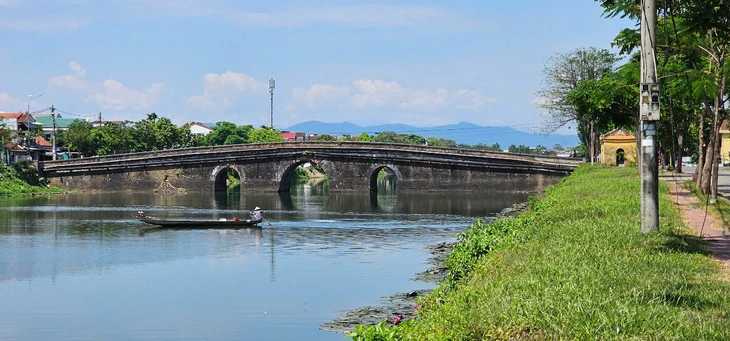
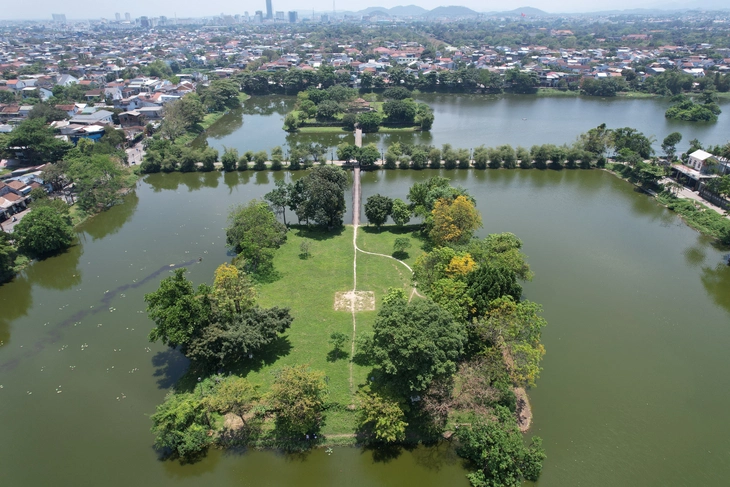


![[Photo] The 5th Patriotic Emulation Congress of the Central Inspection Commission](https://vphoto.vietnam.vn/thumb/1200x675/vietnam/resource/IMAGE/2025/10/27/1761566862838_ndo_br_1-1858-jpg.webp)
![[Photo] National Assembly Chairman Tran Thanh Man receives Chairman of the House of Representatives of Uzbekistan Nuriddin Ismoilov](https://vphoto.vietnam.vn/thumb/1200x675/vietnam/resource/IMAGE/2025/10/27/1761542647910_bnd-2610-jpg.webp)
![[Photo] Party Committees of Central Party agencies summarize the implementation of Resolution No. 18-NQ/TW and the direction of the Party Congress](https://vphoto.vietnam.vn/thumb/1200x675/vietnam/resource/IMAGE/2025/10/27/1761545645968_ndo_br_1-jpg.webp)










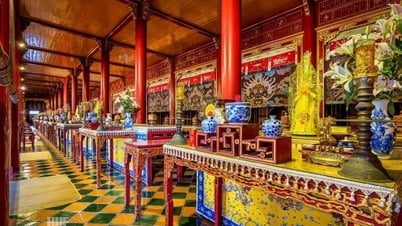








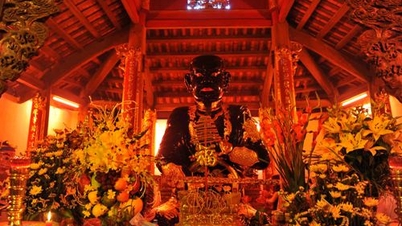









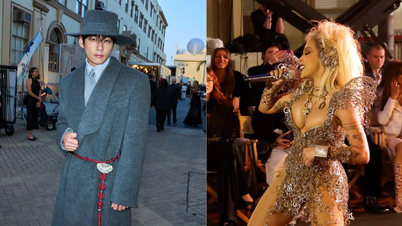




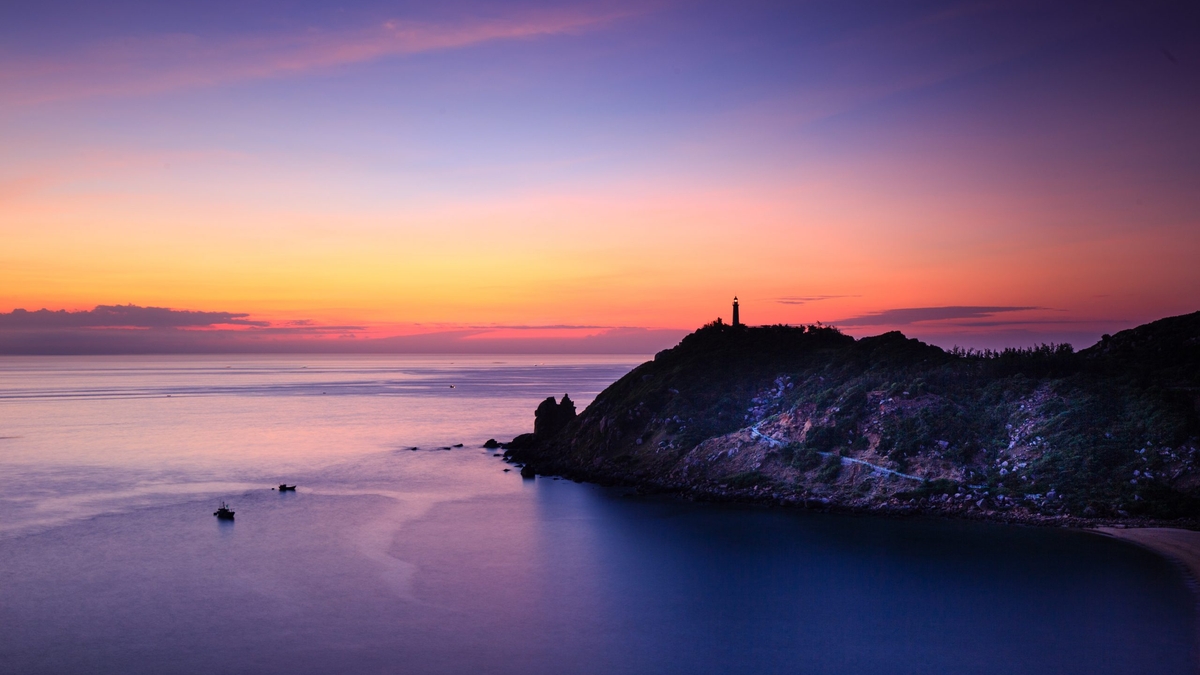
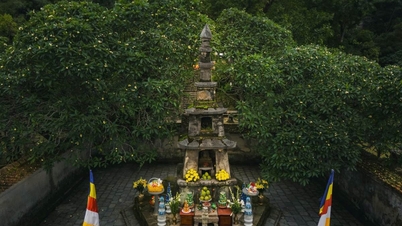




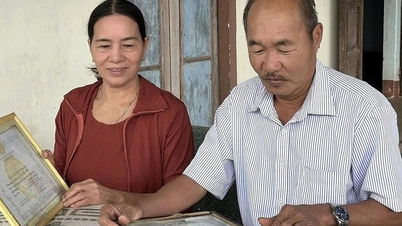






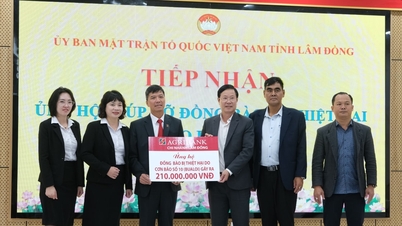


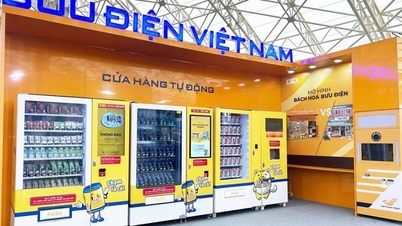









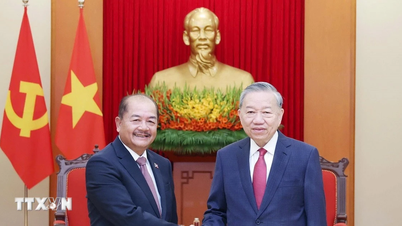




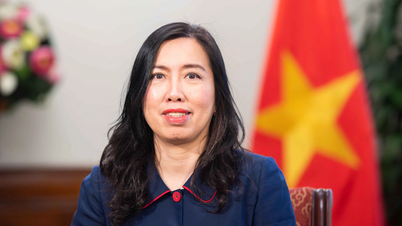
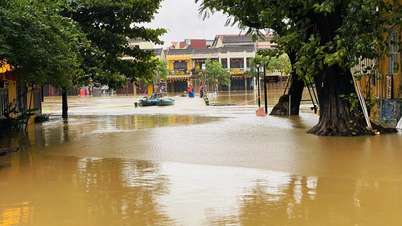
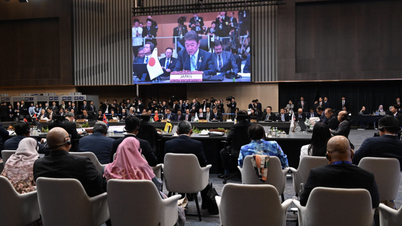


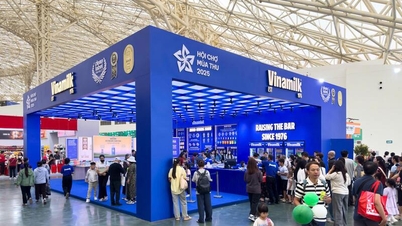









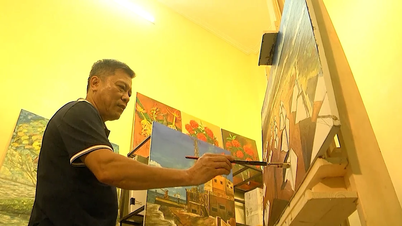

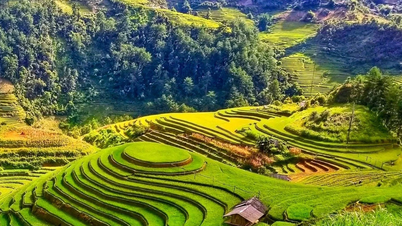
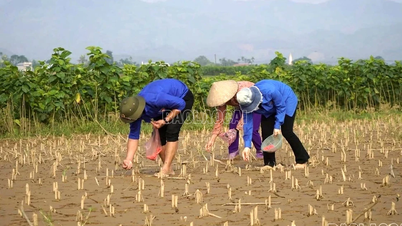
















Comment (0)